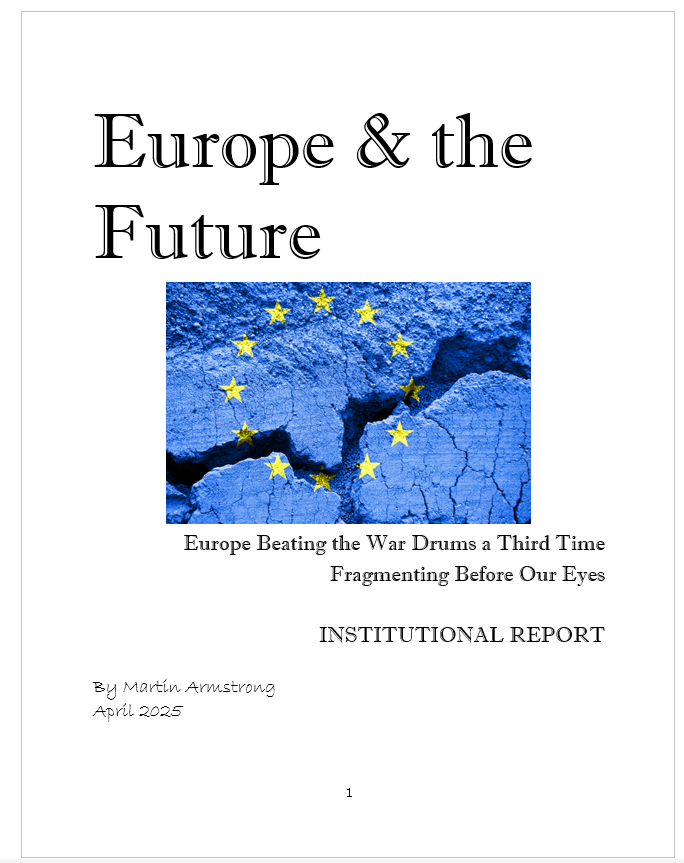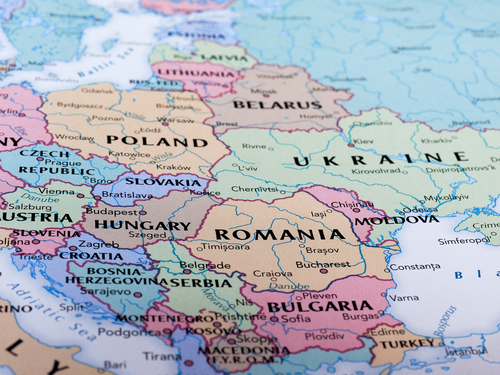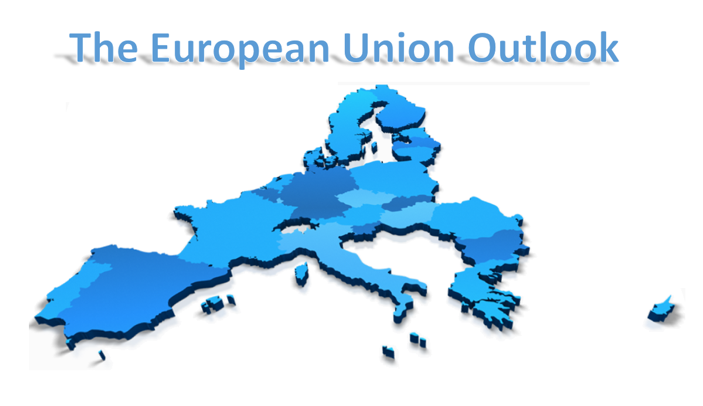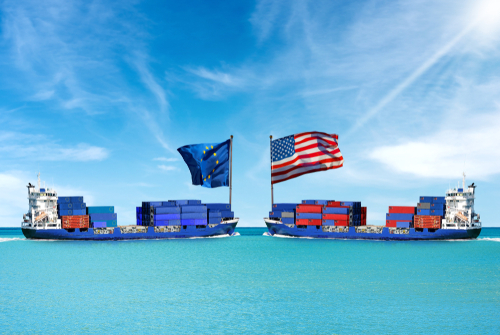
The formation of Spain dates back to the marriage of the Catholic Monarchs Queen Isabella I of Castile and King Ferdinand II of Aragon (Catalan). They were both from the House of Trastámara and were second cousins, being both descended from John I of Castile. They married on October 19th, 1469 (1469.8), in the city of Valladolid. It was this marriage that united both kingdoms under the same crown and thus creating the modern state of Spain.
 Today, there has been a rise in separatist movement in Spain to redivide the nation that was once formed by this marriage for political power. The Catalan Independence Movement or the Catalan Separatist Movement is a political movement, derived from Catalan nationalism, which supports the independence of Catalonia or the Catalan countries from Spain and France. This region was a coastal territory of the Crown of Aragon, However, the Crown of Aragon lost distinctive rules, institutions and laws at the end of the War of Spanish Succession in 1714, when Philip V (1683 – 1746) of Spain issued the Nueva Planta decrees, a centralized Spanish rule by sheer political force. Catalan lost its identity from a legal perspective at that moment.
Today, there has been a rise in separatist movement in Spain to redivide the nation that was once formed by this marriage for political power. The Catalan Independence Movement or the Catalan Separatist Movement is a political movement, derived from Catalan nationalism, which supports the independence of Catalonia or the Catalan countries from Spain and France. This region was a coastal territory of the Crown of Aragon, However, the Crown of Aragon lost distinctive rules, institutions and laws at the end of the War of Spanish Succession in 1714, when Philip V (1683 – 1746) of Spain issued the Nueva Planta decrees, a centralized Spanish rule by sheer political force. Catalan lost its identity from a legal perspective at that moment.
There is little doubt that the roots of independence in Catalonia runs deep for there is not merely a different culture, but also a different language which separates the people from the rest of Spain. The first serious struggle for Catalan independence began to materialize after 19 intervals of the 8.6 year cycles dating back to 1640, there was the first unsuccessful Catalan Republic following the Reaper’s War. During the subsequent War of the Spanish Succession (1701–1714) the Catalans had hoped to salvage their institutions of home rule, despite the centralizing Bourbon pretender to the throne, rather than achieving outright independence.
In 1898, Spain lost its’ last major overseas colonies (Cuba, Guam, Puerto Rico, and the Philippines) in the Spanish–American War. This event actually began a rapid collapse of the economy and confidence evaporated. This was generally perceived as a disaster in Spain, undermining the credibility of both the government and its associated ideologies and almost leading to a military coup d’état led by Camilo Polavieja. It was the Spanish-American War that began the economic decline in Spain and from this event there began a rising tide of civil unrest.
The Spanish government attempted to reestablish its importance and sought to conquer Morocco (Melilla War) which failed. There was tremendous civil unrest caused great discontent at home which ended in a revolt in Barcelona, known as the Semana Tragica (July 25th – 2 August 2nd, 1909). This Catalonia revolt of the lower classes of Barcelona, backed by the anarchists, communists, and republicans, rose up against what they considered the unjust methods for recruiting soldiers. The government declared a state of war and sent the army to crush the revolt and the people in Barcelona, causing over a hundred deaths and the execution of Francisco Ferrer. The people tried to organize a national strike against the government, but this failed because the unions could only mobilize urban workers.
 Eventually, the Spanish army was defeated by the natives of Morocco on July 22nd, 1921. The military discontent began to rise following this defeat. There was also a rising fear of a proletarian revolution, and a rising nationalist movement creating great civil unrest. Then on September 13th, 1923, Miguel Primo de Rivera (ruled 1923-1930), Captain General of Catalonia, orchestrated a coup d’état, after issuing a manifesto blaming the problems of Spain on the parliamentary system. He deeply believed that it was the politicians who had ruined Spain and that governing without them he could restore the nation.
Eventually, the Spanish army was defeated by the natives of Morocco on July 22nd, 1921. The military discontent began to rise following this defeat. There was also a rising fear of a proletarian revolution, and a rising nationalist movement creating great civil unrest. Then on September 13th, 1923, Miguel Primo de Rivera (ruled 1923-1930), Captain General of Catalonia, orchestrated a coup d’état, after issuing a manifesto blaming the problems of Spain on the parliamentary system. He deeply believed that it was the politicians who had ruined Spain and that governing without them he could restore the nation.
Alfonso XIII backed the General and named him Prime Minister. Primo de Rivera and then proceeded to suspend the Constitution and assume absolute powers as a dictator abolishing all other political parties. During this time, he greatly increased government spending on business and public services, which caused his government to go bankrupt. He lost the support of the military and faced serious health problems. Opposition to his regime was so great that Alfonso XIII stopped supporting him and forced him to resign in January 1930
In 1928 exiled Catalans in Cuba from the coup d’état of 1923, drafted a Provisional Constitution of the Catalan Republic. It would come to a head with the 1931 Sovereign Debt Crisis. It was at this time when we begin to see the formation of the first political parties to define themselves as pro-independence for Catalonia. Then it was during the First World War when Catalan Volunteers bore the pro-independence flag when they fought on the Allies’ side. The same ensign headed a text addressed to president Wilson late in 1918, calling upon him to review the Treaty of Utrecht. They wanted the United States to support the repeal of the treaty that allowed Spain to abolish Catalonia’s home rule inside a centralized unitary State.
The beginnings of separatism can be traced back to 1931 and the Sovereign Debt Crisis that moved a coalition of Catalan nationalist parties to form and was the most voted force in Catalonia in the Spanish municipal elections that triggered the proclamation of the Second Spanish Republic. With the fall of the monarchy in 1931, by 1932 Catalonia was granted a statute of autonomy and home rule institutions, which lasted until the Spanish Civil War which began in July 1936 and officially ended with Franco’s victory in April 1939 and his subsequent dictatorship.
 The Spanish Civil War, was a civil war fought from 1936 to 1939 between the Republicans, who were loyal to the democratic Spanish Republic, and the Nationalists, a rebel group led by General Francisco Franco (1892 – 1975). The Nationalists won, and Franco ruled Spain for the next 36 years, from 1939 until his death in 1975.
The Spanish Civil War, was a civil war fought from 1936 to 1939 between the Republicans, who were loyal to the democratic Spanish Republic, and the Nationalists, a rebel group led by General Francisco Franco (1892 – 1975). The Nationalists won, and Franco ruled Spain for the next 36 years, from 1939 until his death in 1975.
The Franco dictatorship was based its public ideology on Spanish Nationalism and Catholicism, abolished home rule and discouraged regional cultures. Following Franco’s death in 1975 and the Spanish transition to democracy, Catalan autonomy was restored in 1977.
Catalan Nationalists have governed the region most of the time since then, and those calling for full independence have had their parliamentary group since 1980. Nevertheless, there has been a significant shift since the 2011.45 turn in the Economic Confidence Model. Open demonstrations began on September 11, 2012 and September 11, 2013 there were massive demonstrations with more than 1 million participants calling for independence for Catalonia.
Catalonia is committed to a referendum on independence, and 55% of it is composed of openly separatist parties. The Estelada flag, in its blue and red versions, has become its main symbol.
Spain itself has followed the Economic Confidence Model rather nicely. The whole independence movement was set off by the Sovereign Debt Crisis of 1931. The discontent rose sharply and this ultimately led to the Spanish Civil War starting in 1936.
The the beginning of the economic problem in late 1929 followed by the Sovereign Debt Crisis in 1931, the movement toward civil unrest and the independent movement of Catalonia followed the 8.6 year frequency as well. This 51.6 year wave reached its peak in 1977 and that is when we find following Franco’s death in 1975, that there was not just a Spanish transition toward democracy, but it was precisely on time for Catalan autonomy was then restored in 1977.
We can see that the subsequent 8.6 year waves are:
1985.8, 1994.4, 2003, 2011.6, 2020.2, 2028.8 and 2037.4
It was from the 2011 turning point that there was a rising tide of independence movement with Catalonia to separate from Spain. One can easily see the cultural difference between Barcelona and Madrid. Barcelona is perhaps the cleanest city in Europe with wide streets and a vibrant culture that is distinctly different. It appears that we should expect the rising separatist movement to continue with the turn in the ECM 2015.75 for this will be 4.3 years from 2011.6 moving into a high for 2020.














